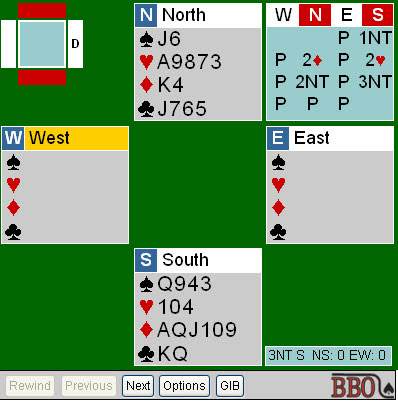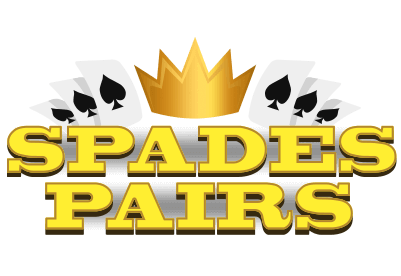

Declarer must play both the dummy and his own hand, although each in proper turn.Īfter the opening lead, the hand that wins each trick must lead to the next trick. This is called the dummy, and the player who held it does not participate in the play. The hand held by declarers partner is then displayed face up for all to see. The player to the left of declarer makes the first lead, which is called the opening lead. Any of the players may become the declarer. The dealer is the one who deals the cards. You will learn about bidding in other lessons.)īeginners often confuse the terms, dealer and declarer. The bidding determines who will be the declarer, which suit (if any) will be trumps, and the number of tricks declarer must win. Play continues this way for all 13 tricks. If clubs are trumps, the club seven wins because it is the highest trump played.Īfter each trick, one player of the side that wins it should collect the cards and arrange them neatly so the number of tricks won can be counted easily. If hearts are trumps, the heart two wins because it is the only trump played. If a trick contains a trump card, it is won by the highest trump played. Spades are led and the king is the highest spade played, so it wins the trick.ĭiamonds are led and the eight is the highest diamond played, so it wins the trick (assuming hearts are not trumps).


If a trick contains no trump card, it is won by the highest card of the suit led. The rules for determining the winner of a trick are explained below, along with a few examples. You play the cards anyway you want, which is one of the reasons bridge is a superior game.Īfter four cards have been played, the trick is complete. In some games, like pinochle, you must try to win each trick not so in bridge.
#Justplay bridge free
If you cannot follow suit, you may play any card in your hand.Įxcept for the duty to follow suit, card play in bridge is a free choice. If you have no spades, the obligation is gone. You must follow suit (play the same suit as the lead) if possible.įor example, if a spade is led and your hand contains any spades, you must play one of them (you can play any spade you want). If it is your turn to lead, you may play any card in your hand.Īfter the lead, however, the next three players have an obligation: The first card played to each trick is called the lead. Hence, there are 13 tricks to be won on each deal. A trick consists of four cards, one from each player in turn, clockwise around the table. The object in bridge play is to win tricks for your side. Lesson 1A Main Top Learn To Play Bridge! Winning of Tricks Note that the ace is always high, unlike in some games such as poker or gin rummy, where it can be low. The exact order using common abbreviations: A K Q J 10 9 8 7 6 5 4 3 2. The cards of each suit are ranked from the ace (highest) through the two (lowest). Suits are sometimes shown as symbols, or abbreviated: S H D C. In the play all suits are equal, unless one suit has been named as trumps, then it beats all the others. The ranking is for bidding purposes only. In bridge there are four suits, and they are ranked: spades (highest), hearts, diamonds and clubs (lowest). Partnerships can be prearranged if desired and just draw to see who deals first. In the case of a tie (e.g., two aces) it is broken by the suit rank. The two highest cards are partners against the two lowest, and the highest card deals. One way to determine the partnerships and first dealer is to draw cards. One of the players deals all of the cards, 13 to each player, in clockwise rotation, beginning with the player to the left of the dealer. Each player sits opposite his partner at a card table (in this age of computers the concept could be a simulated).īridge is played with a standard deck of 52 playing cards. In fact, learning the bidding first is a mistake and can be a turnoff to new players.īridge is a partnership game requiring four players. You should learn the play first because it will give you a better sense of what the bidding means. The game of bridge has two main parts: the Bidding (also called the Auction) and the Play. Relax! After this lesson you will understand the card play involved and be well on your way to becoming a bridge player. Where to begin? Bridge is more complicated than other card games, and beginners are sometimes discouraged by this. This lesson is intended for the complete beginner, one who knows nothing, or almost nothing, about bridge. Bridge is by far the greatest card game of all, and it can provide immense challenge and enjoyment for the rest of your life.


 0 kommentar(er)
0 kommentar(er)
